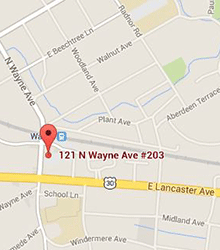The use of dental radiographs (x-rays) has been used for many years as the gold standard for diagnosis and treatment of dental disease. There have been several news reports about dental x-rays recently, and I wanted to clarify the procedures and protocols we use to take dental x-rays.
We follow the protocol set by the American Dental Association (ADA) for frequency and number of x-rays. This can be found online at www.ada.org. This allows us to check for decay at the point of contact between teeth, decay under existing fillings and crowns, as well as measure bone levels around teeth (an indicator of the presence or absence of periodontal disease).The purpose is to detect any issues early so the treatment can be more conservative and we can achieve a better outcome.
Many patients are concerned about the amount of radiation exposure during dentalx-rays. To minimize exposure we use digital x-ray technology. Using this,we reduce the amount of radiation by 75% when compared to traditional x-rays. In addition,we still use lead aprons with thyroid collars, which further protects the patient from any unwanted exposure.
Our goal is to facilitate early detection of dental and periodontal problems in order to achieve the best outcome possible. We feel by following the ADA protocol and using digital x-rays, we achieve our goal.
For patients who require dental implants, normal dental x-rays are usually sufficient to safely and predictably place a dental implant. In some cases a CT Scan is needed to determine the position of certain vital structures, such as nerves and blood-vessels, prior to implant placement. This technology is used only for certain patients requiring certain types of implant surgery and is not routine for the vast majority of our patients.

